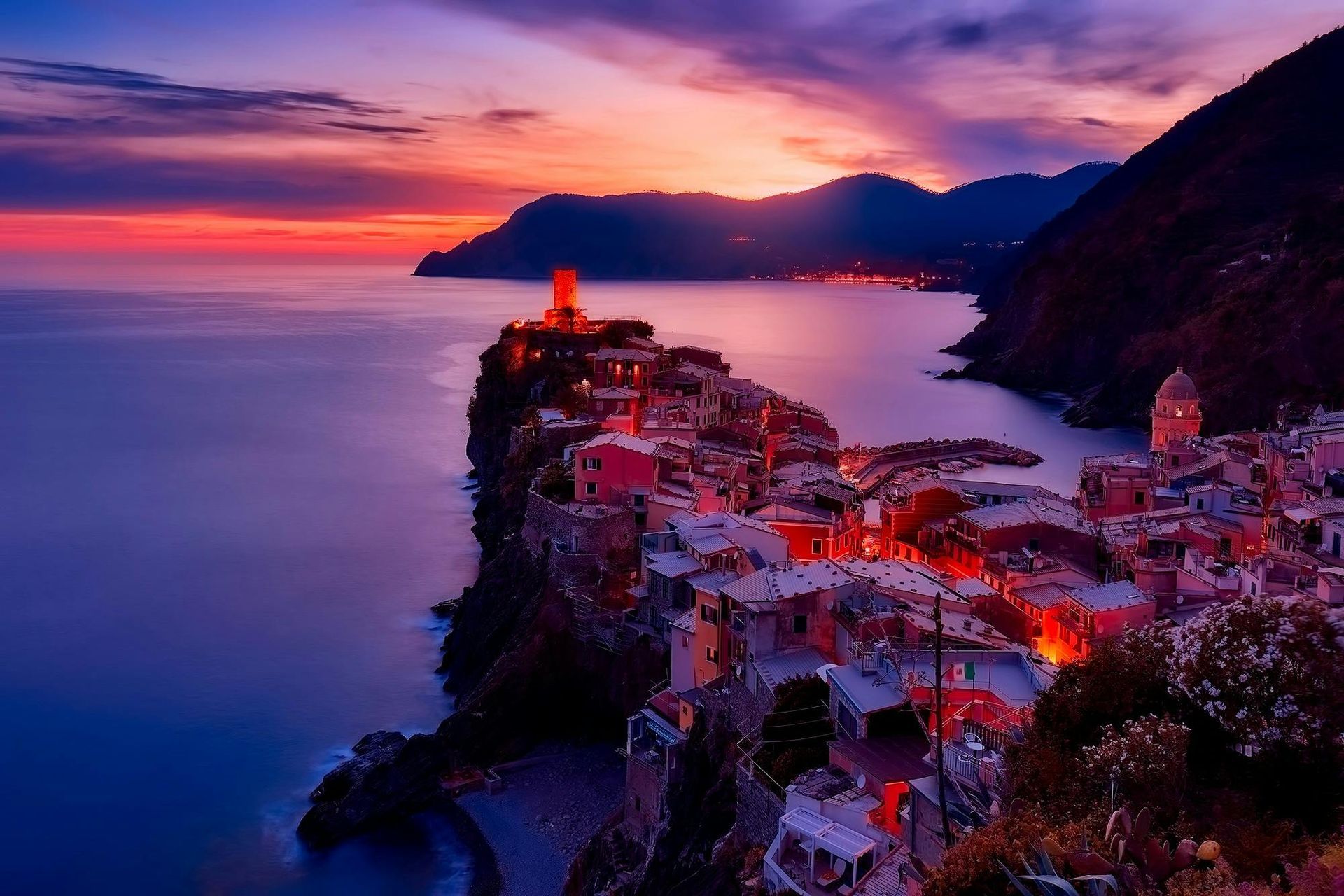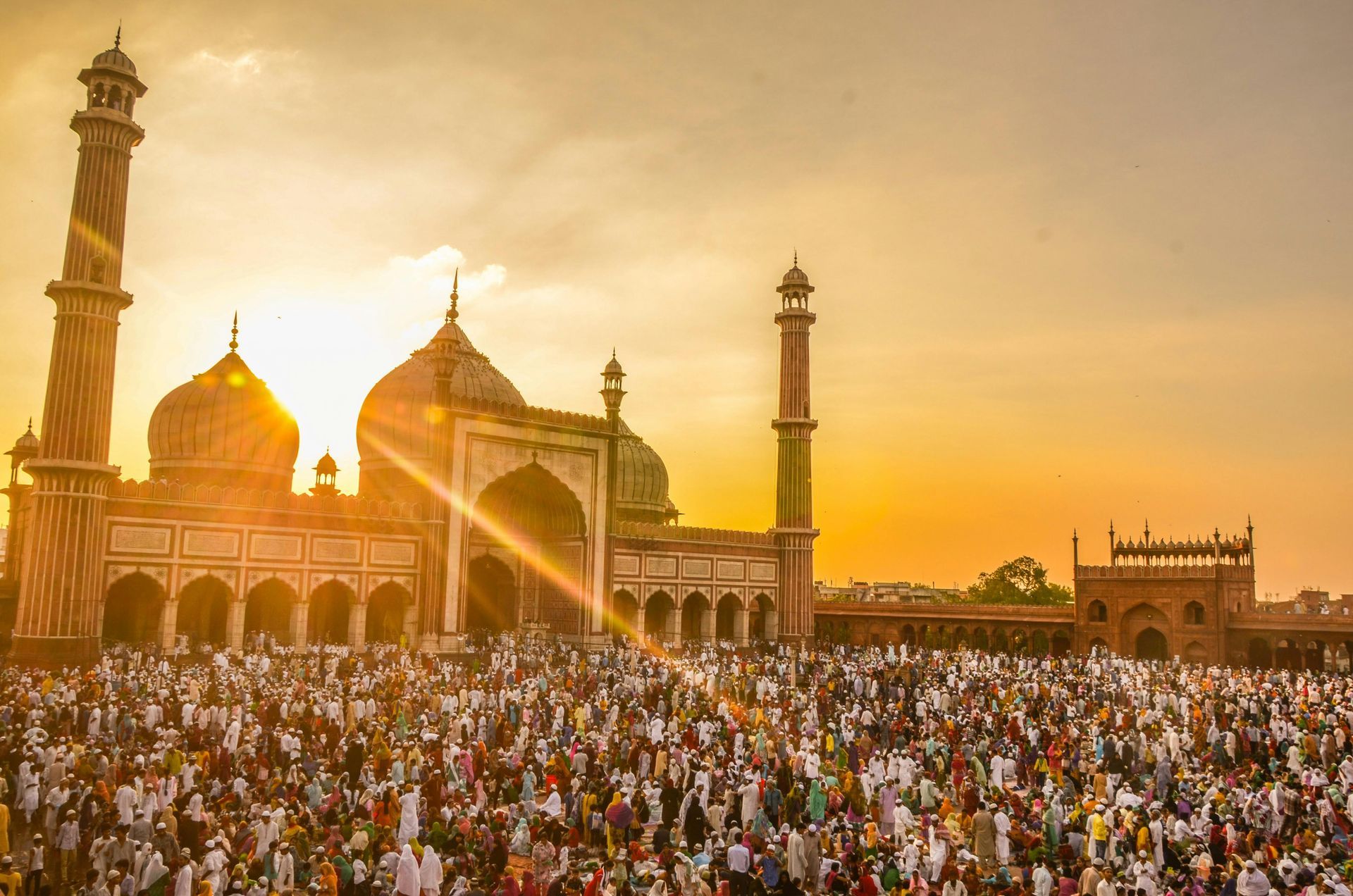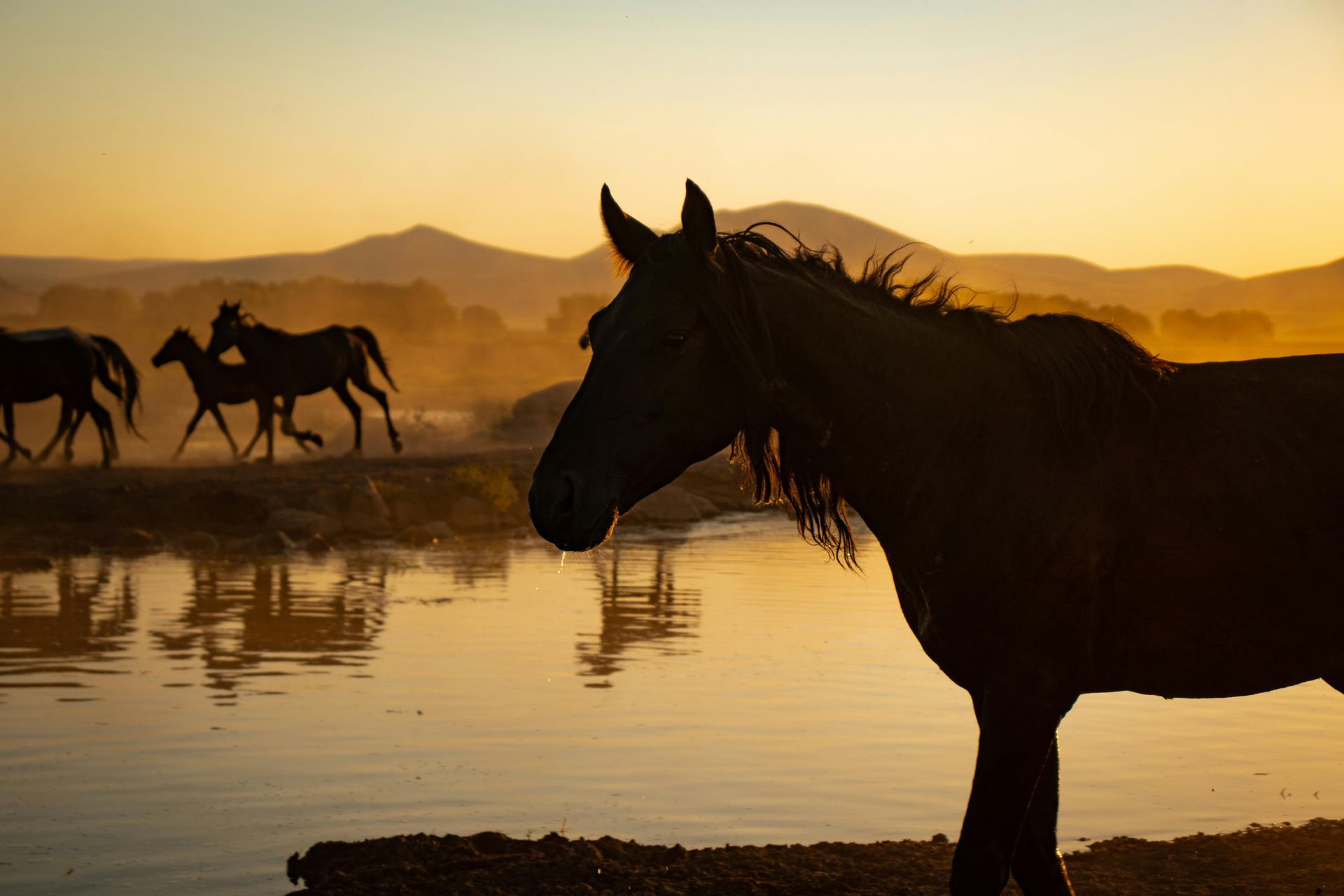Film Trend Tourism: Visiting Locations Made Famous by Movies
Film Trend Tourism: Visiting Locations Made Famous by Movies
In a world increasingly driven by storytelling, films hold a unique power to inspire, transport, and transform. One of the fascinating ways this influence manifests is through film trend tourism—visiting iconic locations immortalised on the silver screen. For travellers and movie enthusiasts alike, it offers the chance to step into a beloved film’s world and explore the real-life settings that gave those stories their magic. This burgeoning travel niche is not just about nostalgia but also a deeper connection to culture, history, and the environment.
Popular Movie Locations Around the World
From breathtaking landscapes to bustling cityscapes, some places owe their fame as much to the movies as to their inherent beauty. Take New Zealand, for example. Peter Jackson’s The Lord of the Rings series transformed its rolling hills and rugged mountains into the mythical Middle-earth, turning Matamata’s Hobbiton into a pilgrimage site for fans.
Meanwhile, the Harry Potter films have forever intertwined Scotland’s Glenfinnan Viaduct with the Hogwarts Express, while Dubrovnik, Croatia, gained international attention as the backdrop for King’s Landing in Game of Thrones.
Locations like New York City, and Italy’s Lake Como feature prominently in Hollywood and international cinema, drawing visitors keen to relive iconic scenes. Whilst these destinations offer scenic wonders and invite visitors to see them through the lens of storytelling, such popularity can lead to over-tourism, putting strain on these beloved sites—a challenge the industry is starting to address.
How Films Influence Travel Destinations
Movies shape perceptions, fuel wanderlust, and influence the way we engage with the world. A compelling narrative or jaw-dropping cinematography can bring lesser-known destinations into overnight global fame.
Consider Skellig Michael in Ireland. This remote island, previously known only to a handful of historians and adventurers, became a tourist sensation after appearing in Star Wars: The Force Awakens. Similarly, Southeast Asia’s Maya Bay saw a surge of visitors after it was featured in The Beach, starring Leonardo DiCaprio.
This phenomenon highlights the dual-edged sword of film trend tourism. While cinematic tourism can boost local economies and cultural appreciation, the influx of visitors can overwhelm infrastructure and natural ecosystems - a factor that requires thoughtful management to ensuring these locations remain vibrant for generations to come.
Top Destinations for Film Buffs
For cinephiles planning their next adventure, certain locations stand out as must-visits.
- New Zealand: Explore Middle-earth through guided tours of Hobbiton and Tongariro National Park, which served as Mount Doom.
- Italy: Relive the romance of Roman Holiday with a Vespa ride through Rome or visit Lake Como, a frequent film favourite (Star Wars, Casino Royale).
- Japan: Experience the serenity of Kyoto’s Arashiyama Bamboo Grove, featured in Memoirs of a Geisha.
- United States: The sweeping canyons of Monument Valley remain iconic, thanks to classic Westerns, while San Francisco’s Golden Gate Bridge is practically a character in itself.
Each destination holds the promise of cinematic nostalgia and unforgettable exploration.
Tips for Planning a Movie-Themed Trip
To make the most of a film-inspired journey, plan thoughtfully:
- Do Your Research: Dive into behind-the-scenes details and filming locations to ensure you don’t miss hidden gems.
- Book Early: Iconic locations often attract crowds, so secure tours and accommodations in advance.
- Immerse Yourself: Consider local guides or thematic experiences, such as costume tours or screenings.
- Respect the Setting: Always adhere to local guidelines and leave locations as pristine as you found them.
Balancing excitement with respect ensures a more rewarding experience for all involved.
Sustainable Film Tourism: Respecting Local Communities
With great travel opportunities comes great responsibility. Over-tourism, environmental degradation, and cultural erosion are real concerns when it comes to popular film locations. But it doesn’t have to be this way.
Sustainable film tourism involves mindful travel practices, such as supporting local businesses, using eco-friendly transport, and prioritising off-peak visits. Some destinations, like Maya Bay, have introduced measures like temporary closures to allow for ecological recovery—a reminder of the importance of preserving the beauty that draws people in the first place.
Balancing fame with preservation ensures these destinations can thrive beyond their cinematic appeal.
Stories Behind Famous Film Locations
Behind every iconic film location lies a fascinating story of how it came to embody its cinematic counterpart. For instance, the Taj Mahal Hotel in Mumbai, featured in Slumdog Millionaire, stands as a testament to India’s colonial history and its modern evolution. Similarly, the quiet town of Alnwick in England owes much of its charm—and global fame—to its transformation into Hogwarts in the Harry Potter series.
These stories add a layer of depth to the visitor experience, reminding us that film locations are not just backdrops but integral parts of real-world narratives.
Conclusion
Film trend tourism is more than stepping into the world of your favourite characters—it’s a way to explore the planet’s cultural and natural beauty through the lens of storytelling. By travelling responsibly, film fans can celebrate the magic of movies while ensuring that these treasured locations remain protected for years to come. Whether you’re a lifelong cinephile or a curious traveller, there’s a world of cinematic discovery waiting for you.











